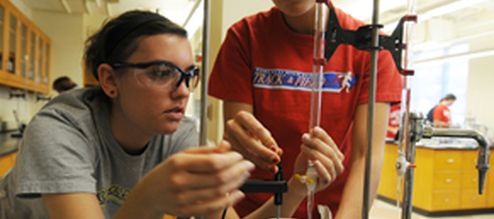Color Changes Induced by Pigment Granule Aggregation in Chromatophores: A Quantitative Model Based on Beer's Law
Document Type
Article
Publication Date
11-1997
Publication Source
Photochemistry and Photobiology
Abstract
A model is presented that quantitatively relates changes in the Beer's Law absorbance of light-absorbing chromatophores (melanophores, erythrophores and xanthophores) of cephalopods to changes in the extent of pigment granule aggregation in these cells. Assuming a circular chromatophore of uniform thickness is initially in its dispersed state, and using a pigment granule aggregation index (PGAI) that specifies the extent of pigment granule aggregation, we find that for a given PGAI, the increase in the photon flux through the chromatophore induced by pigment granule aggregation is directly proportional to the dispersed state absorbance. That is, for a given PGAI, darkly colored chromatophores experience greater clearing responses than weakly colored chromatophores. Color changes are also found to be induced as effectively by a small number of large chromatophores or a large number of small chromatophores provided the total skin surface area covered by pigment in the dispersed states are equivalent in the two cases. These results are related to the morphologies and pigment aggregation behaviors of melanophores, erythrophores and xanthophores, based on the light absorption properties of the melanin, pteridine and carotenoid pigments found in these cells. The relative utility and limitations of this model for studying cephalopod (nonden-dritic) and vertebrate (dendritic) chromatophores are also discussed.
Inclusive pages
649–658
ISBN/ISSN
0031-8655
Copyright
Copyright © 1997, John Wiley & Sons
Publisher
John Wiley & Sons
Volume
66
Peer Reviewed
yes
Issue
5
eCommons Citation
Masthay, Mark, "Color Changes Induced by Pigment Granule Aggregation in Chromatophores: A Quantitative Model Based on Beer's Law" (1997). Chemistry Faculty Publications. 83.
https://ecommons.udayton.edu/chm_fac_pub/83
COinS




Comments
Permission documentation on file.